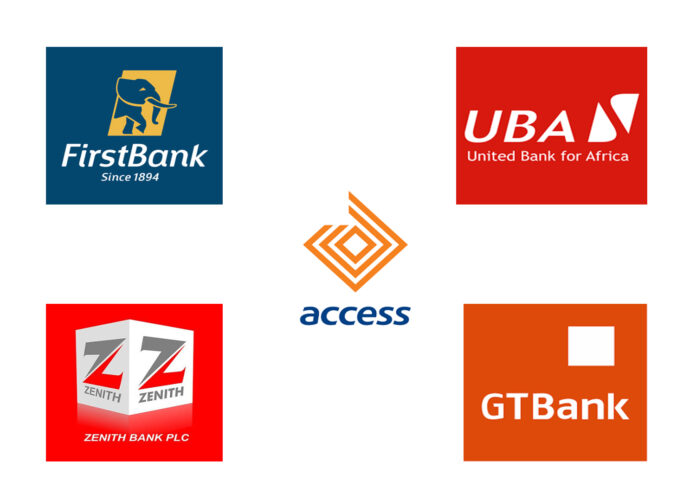Bank lending rate rises to 29.13%, NICA seeks single digit loans for MSMEs
By Jeph Ajobaju, Chief Copy Editor
Bank lending rate rose to 29.13 per cent and savings deposit rate 4.13 per cent in December 2022, as seen in figures the Central Bank of Nigeria (CBN) compiled as money market indicators.
Prime lending rate was 13.85 per cent, inter-bank call rate (12 per cent), treasury bill rate (4.35 per cent), one month deposit rate (8.15 per cent), three months deposit rate (3.79 per cent), six months (8.68 per cent), and 12 months (8.22 per cent).
Monetary Policy Rate (MPR) stood at 16.5 per cent, according to the CBN report.
However, the National Institute of Credit Administration (NICA) argued in its own blueprint report for the growth, development and sustainability of micro, small, medium size enterprises (MSMEs) that high interest rates hinder economic growth.
NICA canvassed for single digit loans to support businesses.
“The higher the Monetary Policy Rate, the higher the interest rate charged on loans and lines of credits offered to MSMEs in the country. High interest rate is an albatross to any MSME,” it said.
“Because of the scale and wherewithal of the MSMEs, these factors have significant impact on their profitability. Thus, not to further aggravate the problems, it is pertinent for MSMEs to have ‘Not too difficult’ access to single digit loans.”
_________________________________________________________________
Related articles:
Customers seek intervention as EFCC confirms bank staff carry out illegal withdrawals from accounts
Banks’ CBN loans grow 253%, forced by liquidity squeeze
Oil theft causes production firms to owe banks N6tr
__________________________________________________________________
Need for sector specific funds
“CBN in conjunction with the developmental banks should create more sector-specific funds which MSMEs can access at single digits and without so much difficulties or strenuous conditions,” NICA canvassed, per The PUNCH.
“The federal government can jump start growth and development in the MSME sector by implementing targeted tax incentive policies.
“While this may immediately lead to reduction in revenue generation of the government, particularly in this dire period of dwindling government revenue, the medium to long term benefits on the economy cannot be over-emphasised.
“The Federal Government can give tax incentives in specific areas.”
Monetary policy refers to specific actions the CBN takes to regulate the value, supply, and cost of money in the economy to achieve macroeconomic objectives.
Monetary policy objectives may vary from country to country but there are two main views.
“The first view calls for monetary policy to achieve price stability, while the second view seeks to achieve price stability and other macroeconomic objectives,” NICA explained.
It said the CBN, like other central banks in developing countries, achieves monetary policy goal through the amount of money supplied.
“The policy interest rate determines the levels of the rest of the interest rates in the economy, since it is the price at which banks obtain money from the CBN.
“These banks will then offer financial products to the MSMEs at an interest rate that is normally based on the policy rate.”











